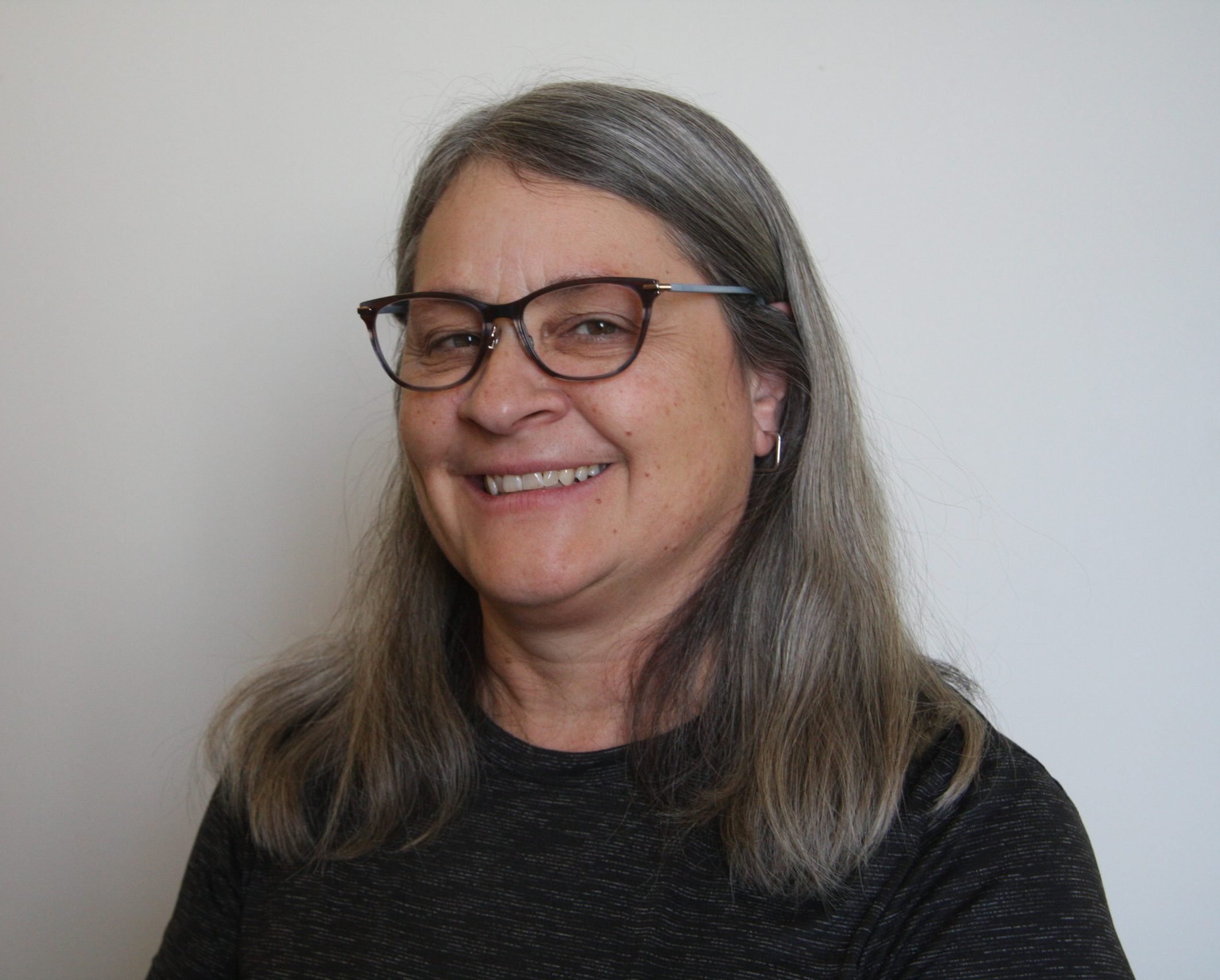The merger of IMC Global and Cargill Crop Nutrition has created a new $4.5 billion fertilizer company that includes several long-standing Saskatchewan assets.
Four IMC potash mines at Belle Plaine, Esterhazy and Colonsay, all built during the 1960s, are now part of Mosaic Co.
The deal includes Cargill’s half of the Saskferco fertilizer plant, also at Belle Plaine. The province owns 49 percent of the facility and Citibank Canada owns one percent.
The deal was approved in October by IMC Global common shareholders who own nearly 88 million shares of common stock, representing 76 percent of the outstanding shares of common stock entitled to vote and 93 percent of the shares voted.
Read Also

Rural Manitoba resources slim on natural disaster planning
A study from Brandon University’s Rural Development Institute has found that many rural and small municipalities don’t have the staff or resources to make formal climate plans against natural disaster.
The new Fortune 500 company is owned 66.5 percent by Cargill and 33.5 percent by IMC Global. It officially started business Oct. 25 and trades on the New York Stock Exchange. Mosaic employs 8,000 people in 15 countries.
Norm Beug, vice-president of potash operations, said the result of the merger is a strengthened balance sheet. IMC had been struggling with debt but Cargill did not bring any into the merger.
“It can only be a positive thing,” Beug said. “Mosaic will have a full suite of nutrients, a broader portfolio.”
The company will provide the primary nutrients of phosphates and feed phosphates, potash and nitrogen to its customers in 50 countries around the world.
Beug, who was raised on a farm near Raymore, Sask., said western Canadian farmers won’t notice anything different as a result of the merger.
Minneapolis-based Mosaic is now the leading potash producer in the world and the second largest fertilizer producer overall. In addition to the Saskatchewan mines, it has production facilities in Florida, Michigan, Louisiana and New Mexico, and equity interests in phosphate producers in China and Brazil.
“Our vision is to become the world leader in nourishing crops by delivering distinctive value to world agriculture,” said Mosaic president Fritz Corrigan in a News release
news.
“We are bringing together the best talent and experience from two industry leaders to create a single, global source for the world’s primary crop and animal feed nutrients.”
The impact of the merger is not expected to affect operations at Saskferco. An employee said it is business as usual.
However, Beug said it is possible that Mosaic will be able to use its Saskferco-potash connection to develop new products. Saskferco does not use potash now.
Cargill built the nitrogen fertilizer facility with the provincial government in the late 1980s.
Saskatchewan industry minister Eric Cline has said the government would consider any reasonable offer to sell its shares.
Liberal leader David Karwacki said the province should have involved itself in the merger to obtain value for taxpayers who are shareholders.
“Spudco was small potatoes compared to the missed opportunity of capturing a new valuation for the Saskferco plant,” he said.
Karwacki estimated the province could have earned $500 million by selling its stake as part of the merger.
Gene Rurak, chief operating officer at Westco Fertilizer, said the merger would have no impact on that company’s business.
“They were there before,” he said.
Beug said Mosaic ships most of its potassium chloride from Saskatchewan to the United States, but the Asian and Latin American markets are expanding rapidly.
“We view the North American market as relatively mature,” he said.
Mosaic stock closed at $16.25 US on Nov. 12.















